Ancient ruins hold secrets that continue to baffle historians and archaeologists alike. These mysterious sites, often shrouded in myth and legend, offer a glimpse into the lives of civilizations long gone. Their construction and purpose remain subjects of debate, adding to their enigmatic allure. Each ruin tells a story, yet many questions remain unanswered. The following are some of the most intriguing ancient sites that continue to captivate the world.
Stonehenge (England)
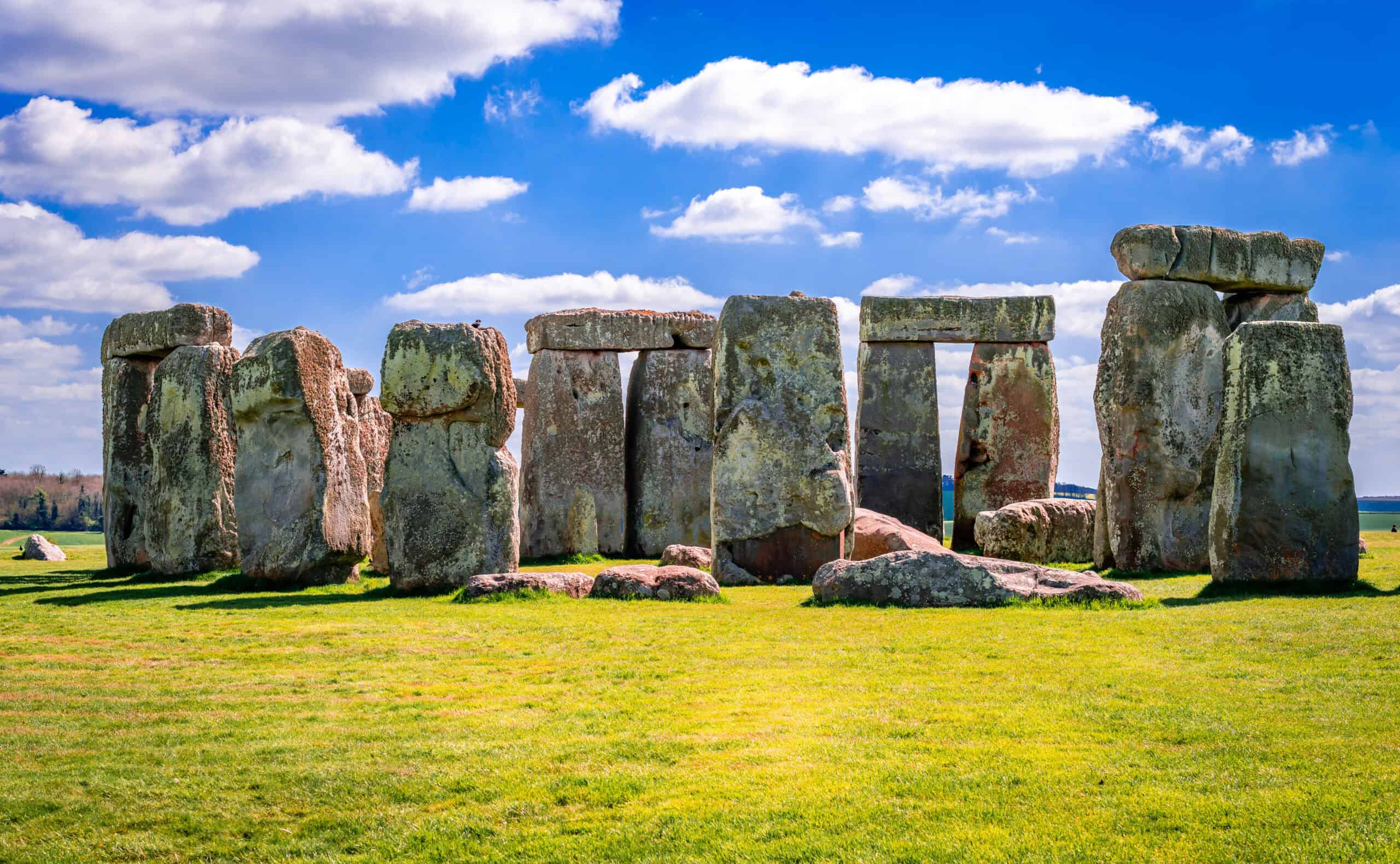
Stonehenge stands as one of the most iconic prehistoric monuments. This circle of massive stones, set in the Salisbury Plain, has sparked endless speculation. The purpose of Stonehenge remains unclear. Some theories suggest it was a burial ground, while others propose it served as an astronomical calendar. The precision of its construction is astonishing, with stones aligned perfectly with the solstices. How ancient people transported and erected these stones, some weighing over 25 tons, is still a mystery.
Machu Picchu (Peru)
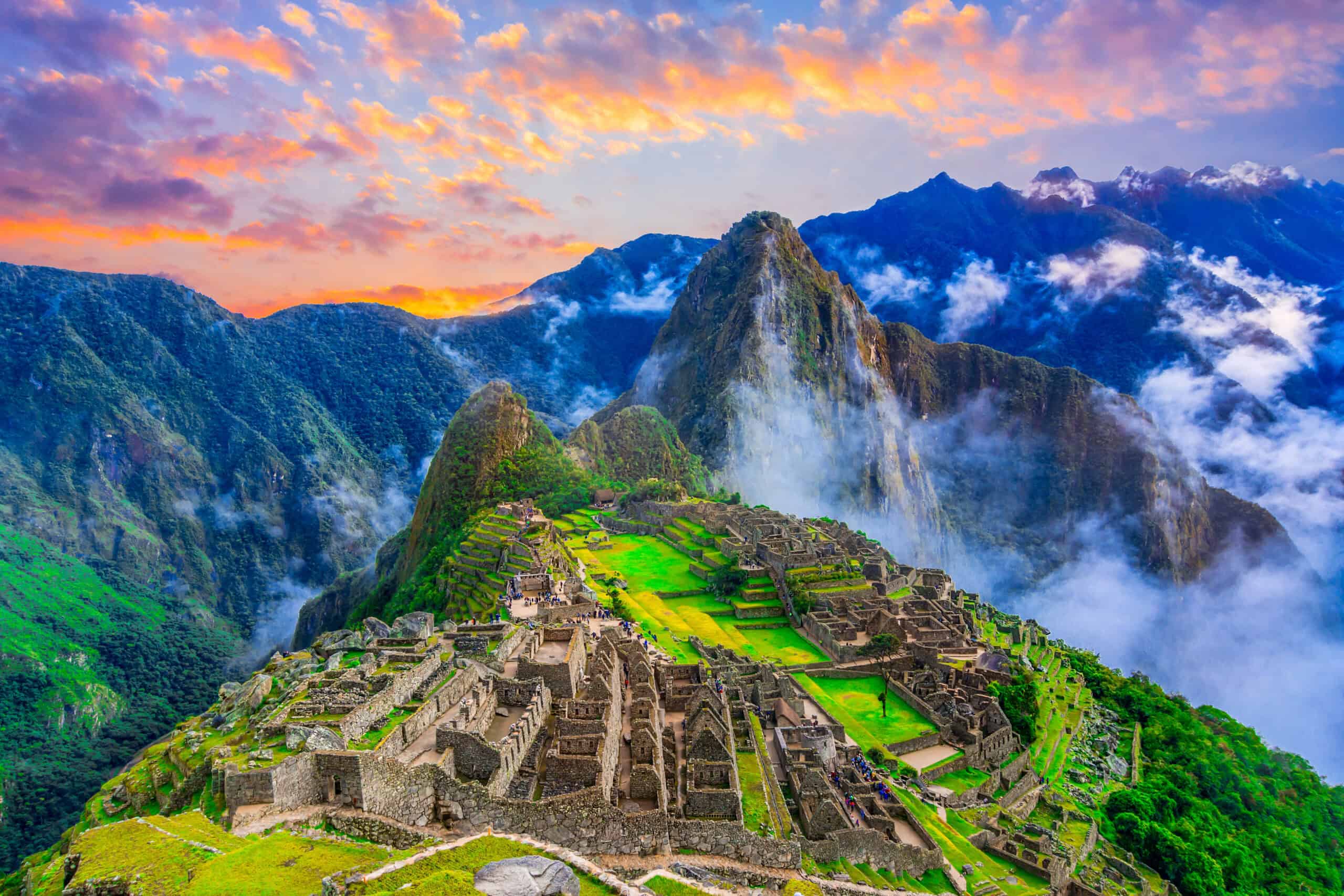
Machu Picchu is a stunning example of Incan engineering and architecture. Perched high in the Andes Mountains, this ancient city was rediscovered in 1911. The site’s purpose is still debated; it might have been a royal estate or a religious sanctuary. The precision of the stonework, with blocks fitting together without mortar, is remarkable. Machu Picchu’s terraces, temples, and palaces showcase advanced agricultural and astronomical knowledge. The city’s sudden abandonment in the 16th century adds to its mystery.
Göbekli Tepe (Turkey)
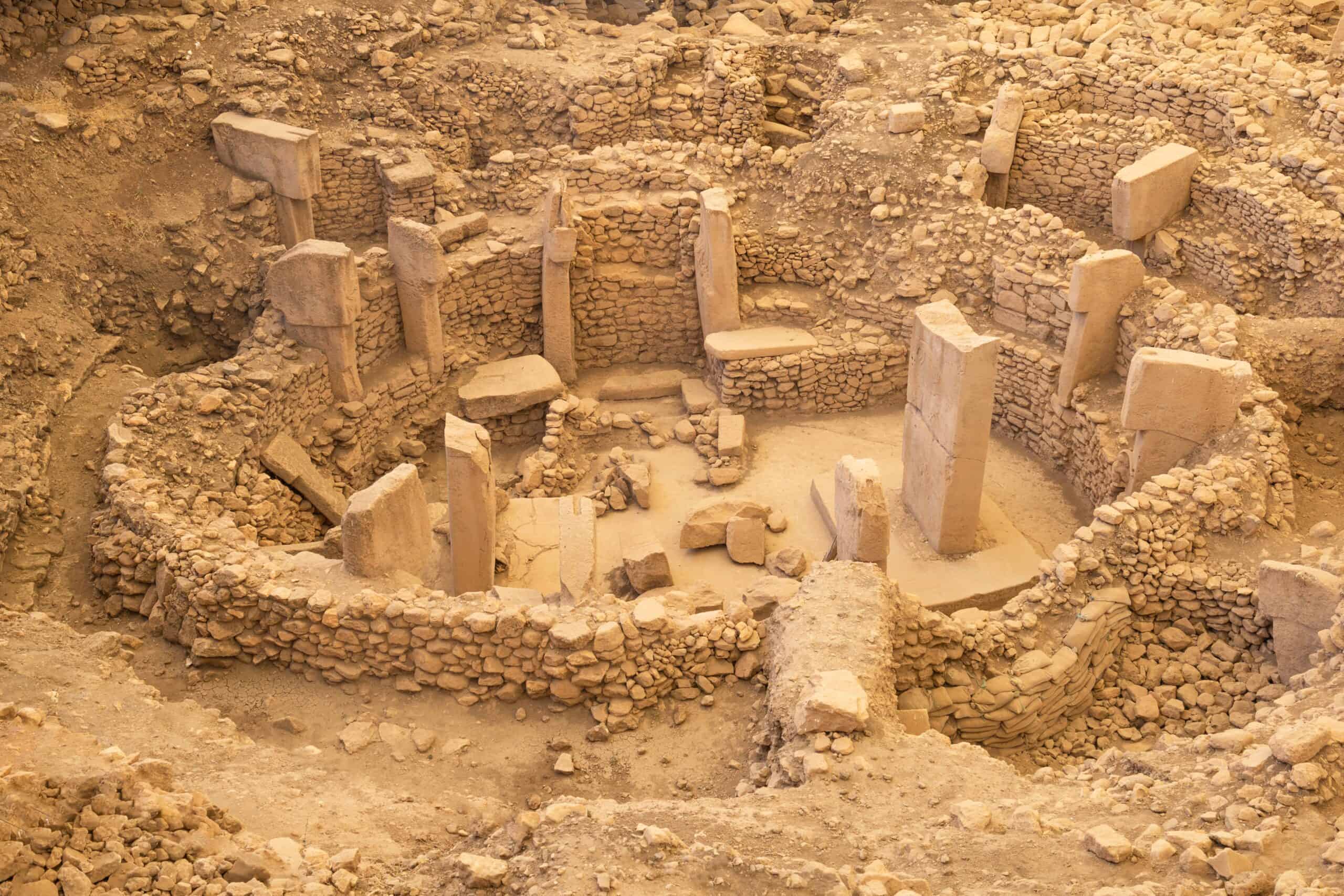
Göbekli Tepe is considered the world’s oldest known temple complex. This archaeological site, dating back over 12,000 years, predates Stonehenge by several millennia. Massive stone pillars arranged in circles feature intricate carvings of animals and abstract symbols. The purpose of Göbekli Tepe remains unclear, but it challenges conventional views of early human society. The complexity of the site suggests a sophisticated, organized community, raising questions about the origins of religion and civilization.
Easter Island (Rapa Nui, Chile)
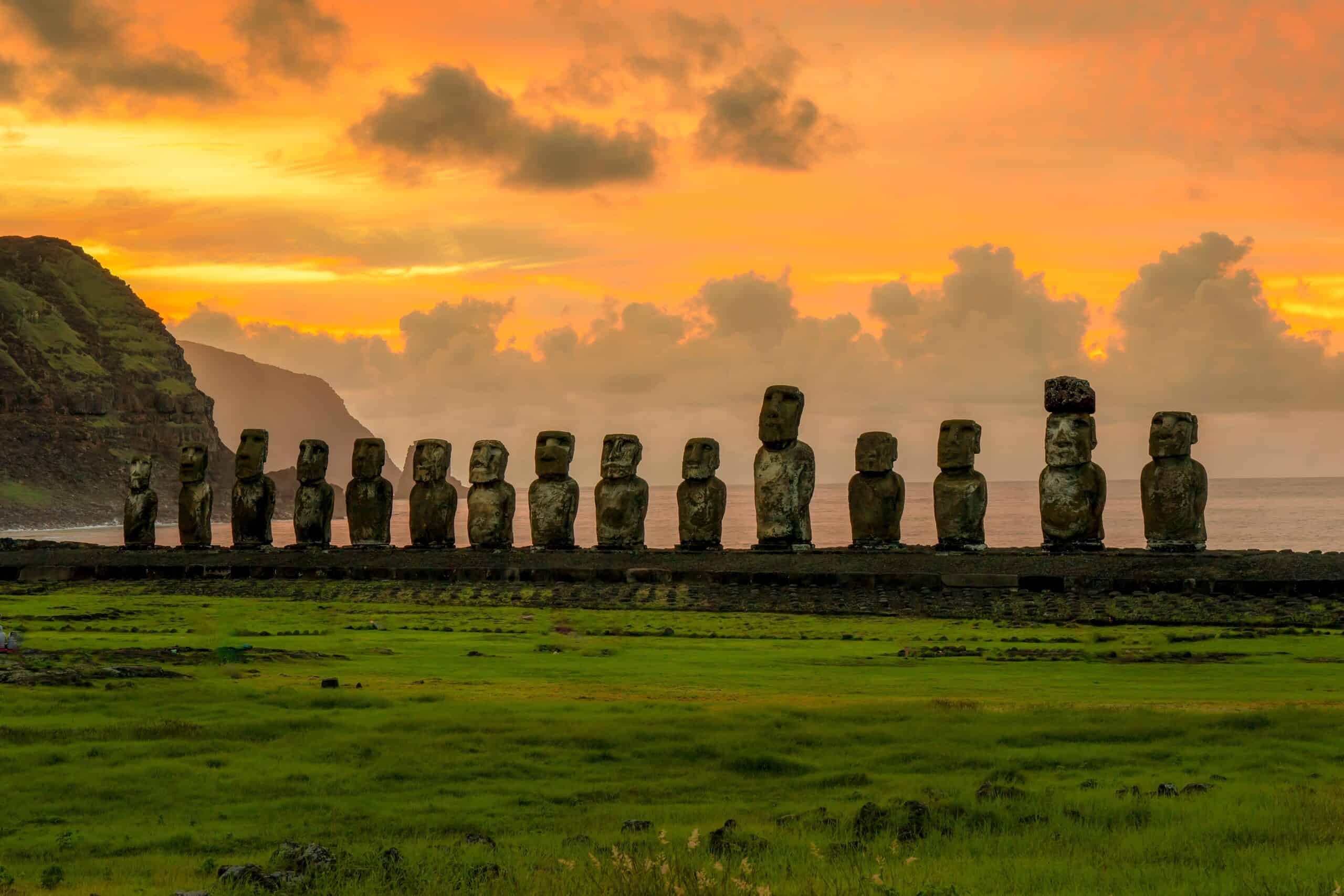
Easter Island is famous for its massive stone statues called Moai. These monolithic figures, carved from volcanic rock, stand as a testament to the island’s ancient culture. The Moai were likely created to honor ancestors, yet their exact purpose remains uncertain. The transportation of these colossal statues, some weighing up to 82 tons, across the island is a mystery. The island’s deforestation and the collapse of its society add further intrigue to the story of Easter Island.
Puma Punku (Bolivia)

Puma Punku is a part of the ancient Tiwanaku complex, located in the highlands of Bolivia. The site is renowned for its precise stonework, featuring massive blocks with intricate cuts and perfectly smooth surfaces. These stones are so precisely crafted that they fit together without mortar. The technology required to achieve such precision is unknown, leading to speculation about the tools and methods used. The purpose of Puma Punku remains elusive, contributing to its mysterious reputation.
The Pyramids of Giza (Egypt)

The Pyramids of Giza are among the most recognizable structures in the world. These colossal tombs were built for the pharaohs of ancient Egypt over 4,500 years ago. The largest, the Great Pyramid, is composed of millions of limestone blocks, each weighing several tons. The precision of the construction, with the pyramid’s sides aligned almost perfectly with the cardinal points, is remarkable. The methods used to transport and assemble these massive stones continue to puzzle experts. The pyramids’ true purpose and the techniques used to build them remain subjects of debate.
Angkor Wat (Cambodia)

Angkor Wat is the largest religious monument in the world, originally built as a Hindu temple dedicated to Vishnu. Located in the dense jungles of Cambodia, it later transformed into a Buddhist temple. The temple complex is renowned for its intricate bas-reliefs and towering spires. The precision and scale of Angkor Wat’s construction are astounding, with massive stones transported from distant quarries. The site’s alignment with celestial bodies suggests advanced astronomical knowledge. The reasons for Angkor Wat’s abandonment and its purpose remain topics of research.
Teotihuacan (Mexico)
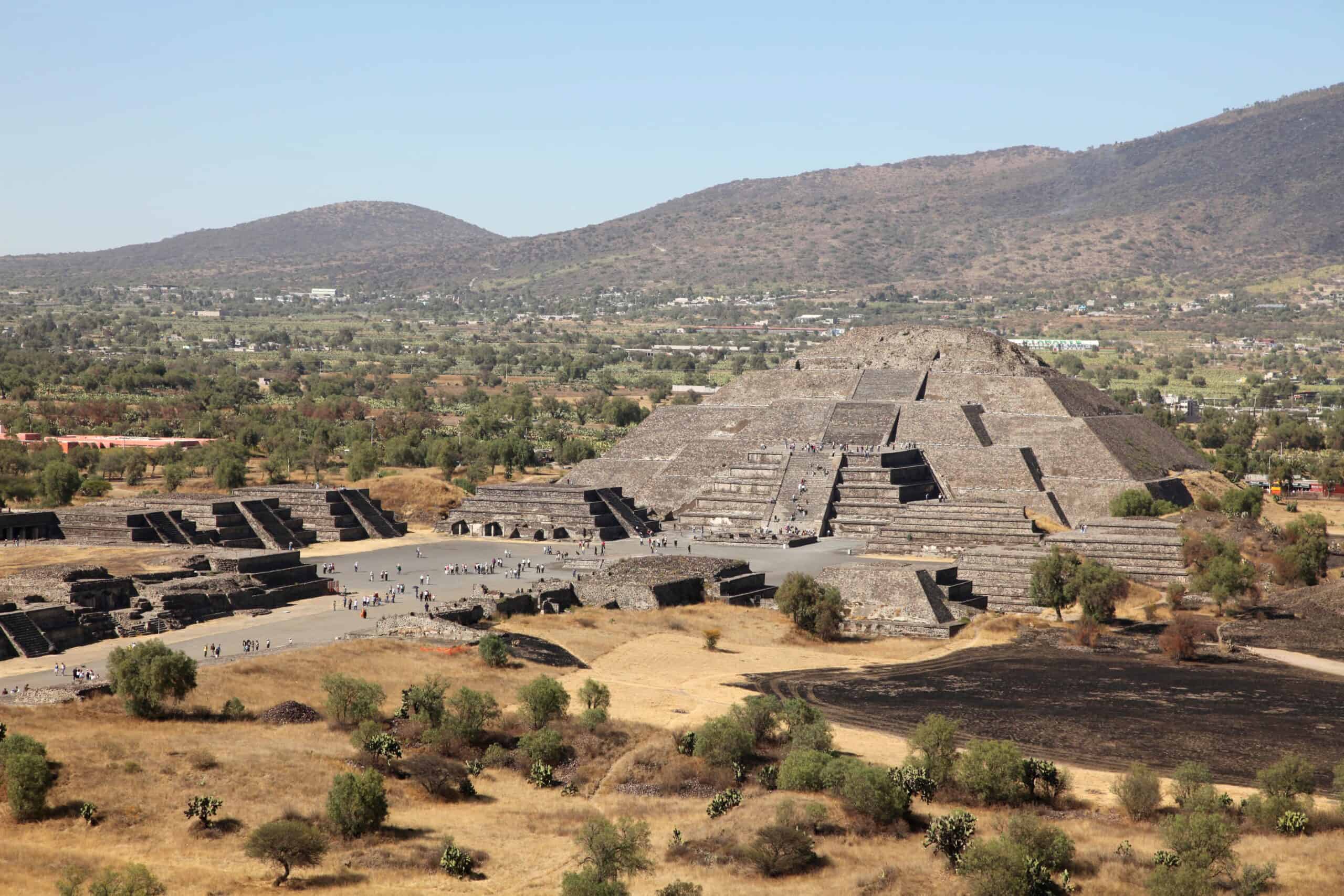
Teotihuacan, known as the “City of the Gods,” was one of the largest cities in the ancient world. Located near modern-day Mexico City, it features massive pyramids, including the Pyramid of the Sun and the Pyramid of the Moon. The city’s layout is meticulously planned, with streets and buildings aligned with astronomical phenomena. The identity of Teotihuacan’s builders remains unknown, as does the reason for the city’s sudden decline. The site’s influence on later Mesoamerican cultures adds to its enigmatic legacy.
Chichen Itza (Mexico)
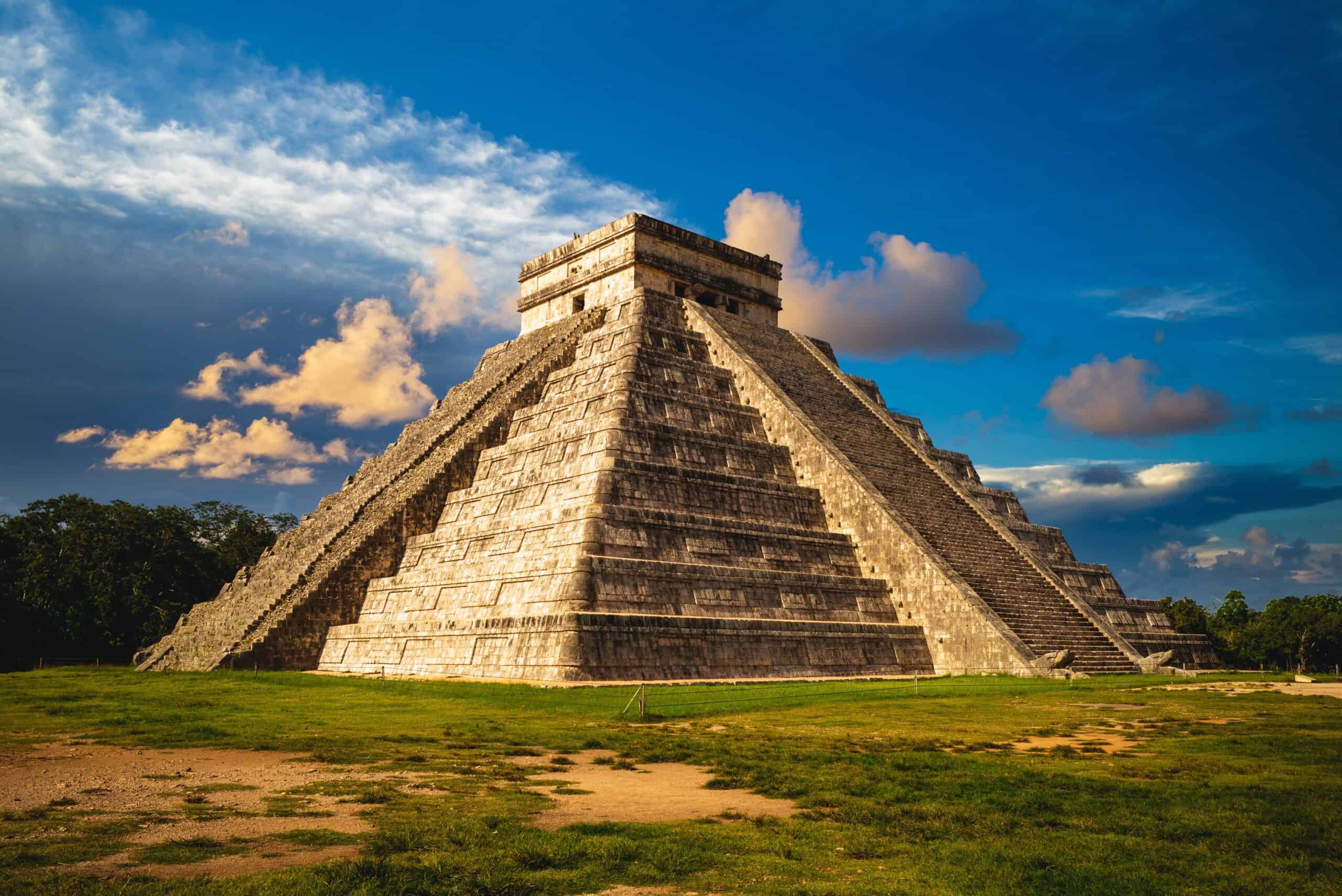
Chichen Itza was a major city of the Maya civilization, located in the Yucatan Peninsula. The site is famous for its step pyramid, El Castillo, which is aligned with the sun during the equinoxes, creating a shadow that resembles a serpent. Chichen Itza also features a massive ball court, temples, and observatories. The city’s advanced knowledge of astronomy, mathematics, and architecture is evident in its design. The reasons for Chichen Itza’s decline and the fate of its inhabitants remain unclear, making it one of the most mysterious ancient sites.
The Lost City of Petra (Jordan)

Petra, often referred to as the “Rose City,” is an ancient city carved into the red sandstone cliffs of southern Jordan. The city served as the capital of the Nabataean Kingdom around the 4th century BC. Petra is famous for its stunning rock-cut architecture, including the Treasury, Monastery, and an elaborate system of water channels. The city was a major trade hub, connecting various civilizations. Its decline remains a mystery, with theories ranging from natural disasters to economic collapse. Petra’s rediscovery in the 19th century brought it back into the world’s spotlight.
The Acropolis of Athens (Greece)

The Acropolis of Athens is an ancient citadel located on a rocky outcrop above the city. It is home to several iconic structures, including the Parthenon, the Erechtheion, and the Temple of Athena Nike. These buildings showcase the height of classical Greek architecture. The Acropolis was the center of Athenian political, religious, and cultural life. Its construction involved advanced techniques and precise measurements. Despite centuries of damage and reconstruction, the Acropolis remains a symbol of ancient Greek civilization. The site’s enduring significance continues to inspire awe and reverence.
The Hypogeum of Ħal-Saflieni (Malta)
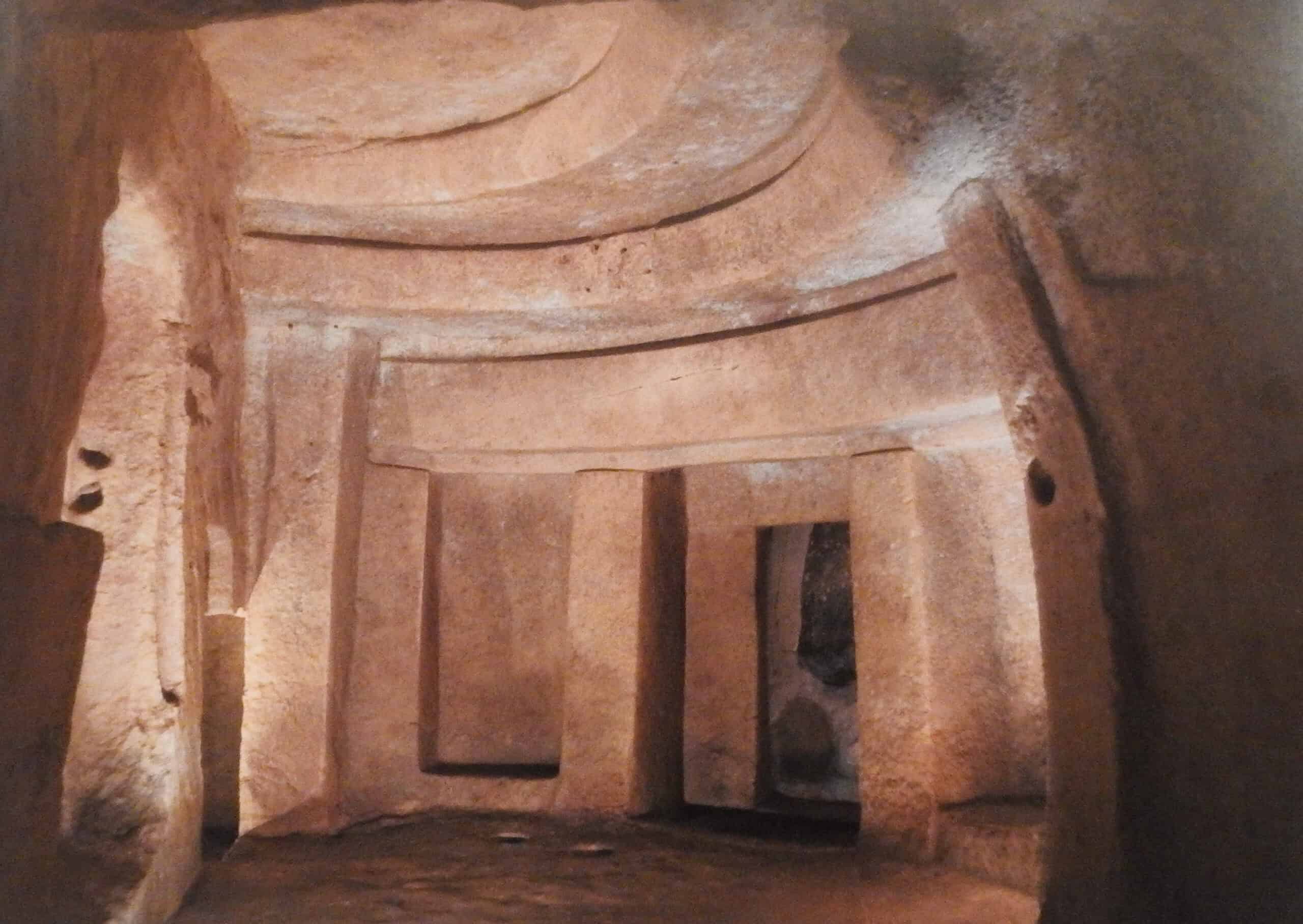
The Hypogeum of Ħal-Saflieni is an underground temple and burial site in Malta. Dating back to around 4000 BC, it is one of the oldest and most complex prehistoric sites in the world. The Hypogeum consists of multiple levels of chambers carved out of solid rock. It was used for both burial and ritual purposes. The precision of the carvings and the acoustics of the chambers are remarkable. The site’s exact purpose and the methods used in its construction remain subjects of ongoing research. The Hypogeum’s discovery in the early 20th century shed light on Malta’s ancient past.
The Ziggurat of Ur (Iraq)

The Ziggurat of Ur is one of the most well-preserved ziggurats. It dates back to the early Bronze Age. This massive structure was built to honor the moon god Nanna. The ziggurat features three layers, each smaller than the one below. Its steep staircases lead to a shrine at the top, possibly the god’s earthly dwelling. The structure reflects the architectural prowess of ancient Sumerians.
The Temple of Artemis (Turkey)
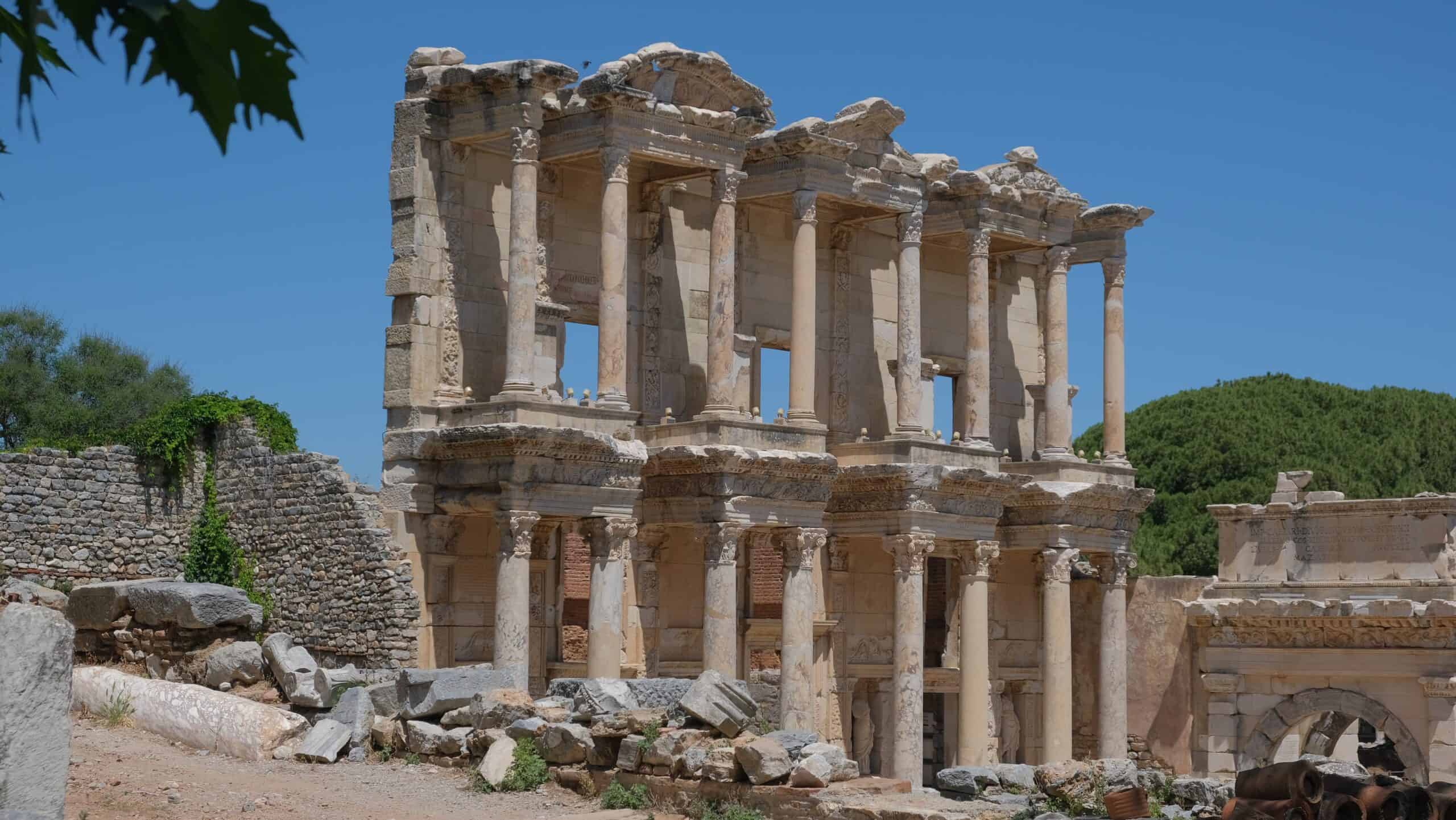
The Temple of Artemis, located in Ephesus, was one of the Seven Wonders of the Ancient World. Built to honor the goddess Artemis, it was an architectural marvel. The temple stood on a platform with over a hundred marble columns. These columns were intricately carved and adorned with reliefs. Although only ruins remain today, the temple once drew visitors from across the ancient world. Its scale and beauty made it a center of worship and pilgrimage.
The Valley of the Kings (Egypt)
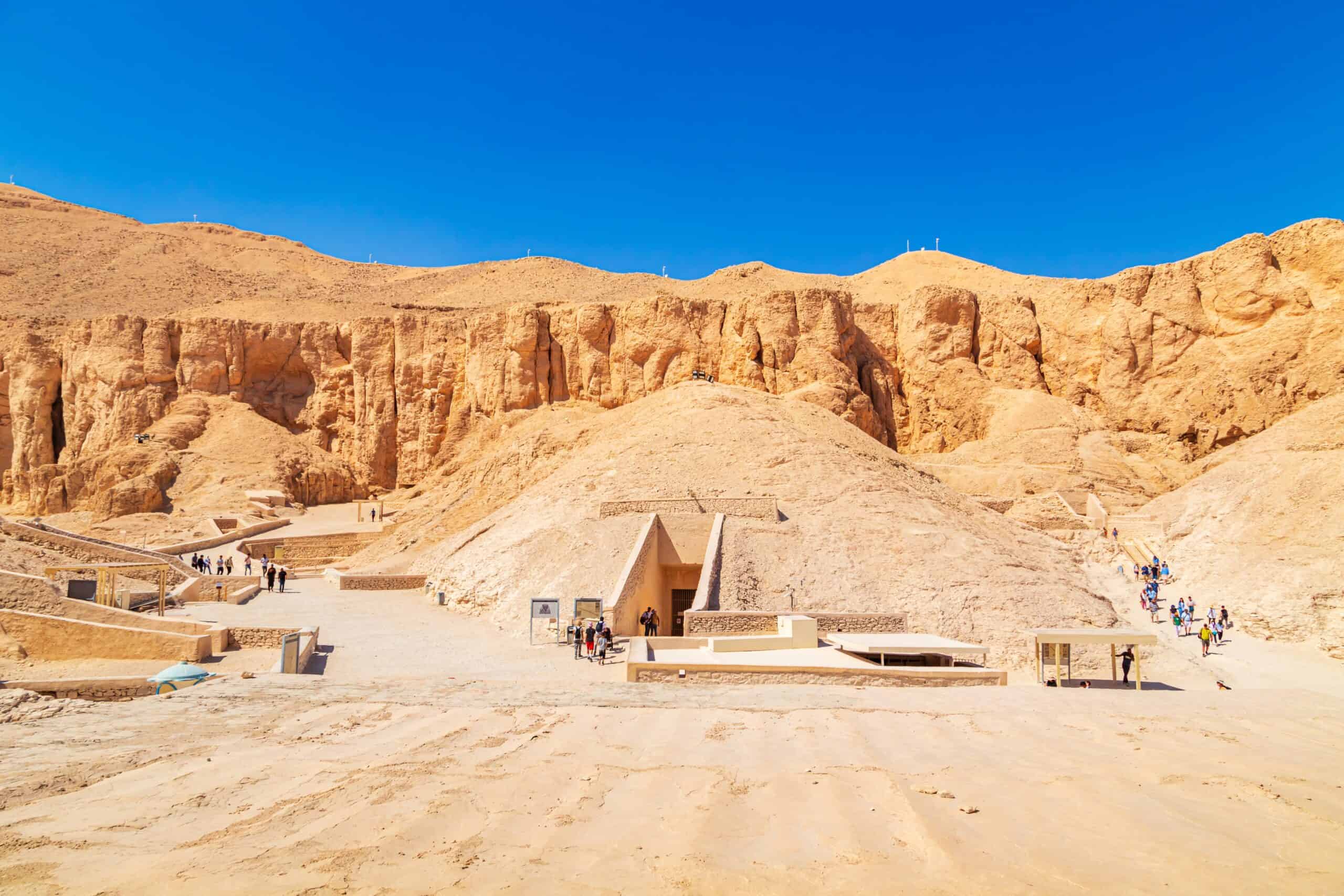
The Valley of the Kings served as the burial ground for pharaohs and nobles. Located on the west bank of the Nile, it houses over 60 tombs. Each tomb is richly decorated with wall paintings depicting the journey to the afterlife. The most famous tomb belongs to King Tutankhamun. Discovered in 1922, it revealed a wealth of treasures. The valley’s hidden tombs continue to intrigue archaeologists and historians.
The Great Zimbabwe Ruins (Zimbabwe)
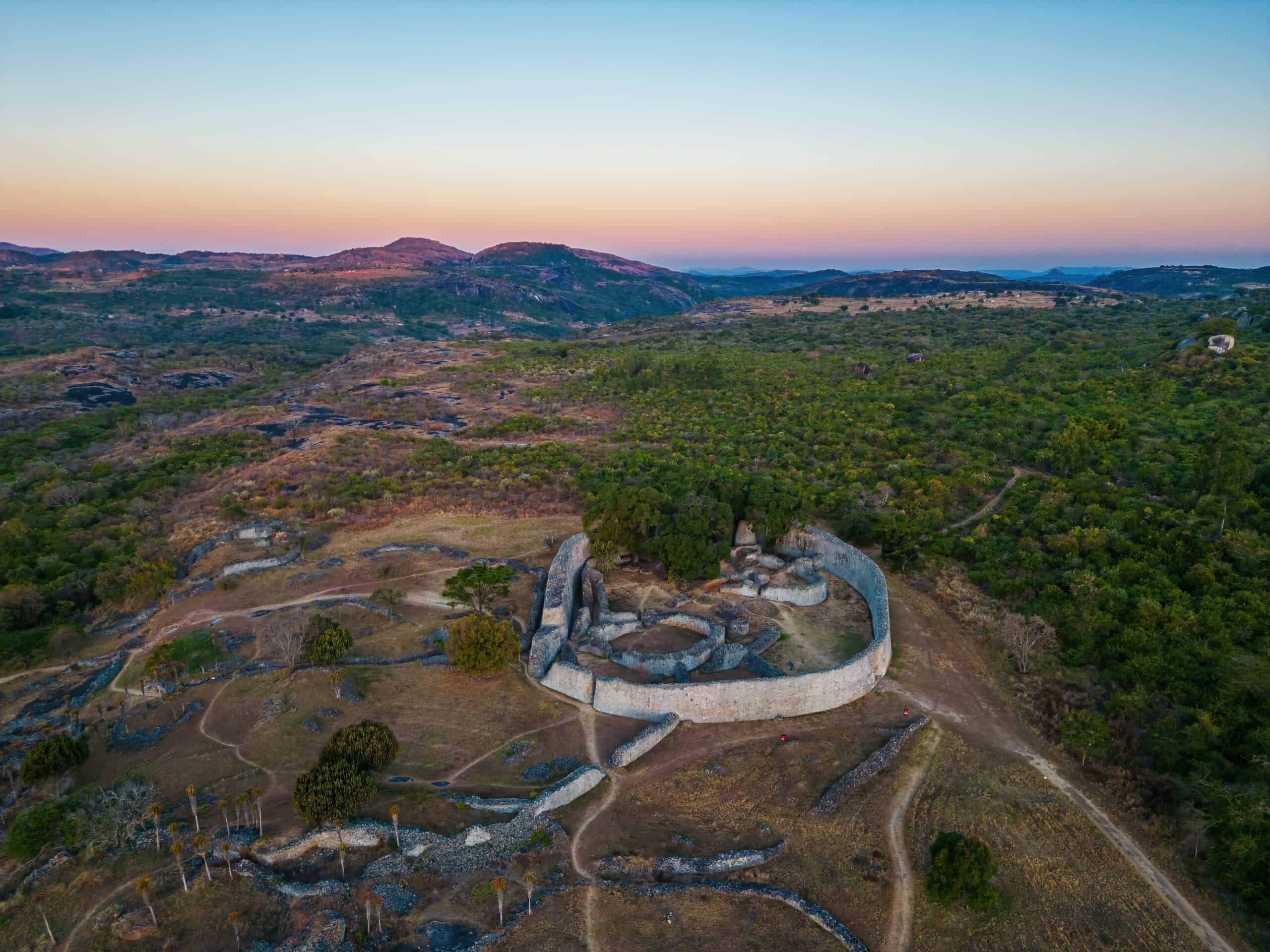
The Great Zimbabwe Ruins are a testament to a powerful African kingdom. Built between the 11th and 15th centuries, the ruins cover nearly 1,800 acres. The stone walls were constructed without mortar, showcasing advanced masonry skills. The Great Enclosure, the largest structure, features walls over 30 feet high. The purpose of these ruins remains a mystery, with theories ranging from royal palaces to religious sites. The ruins are a symbol of African heritage and ingenuity.
The Cave Temples of Ajanta (India)
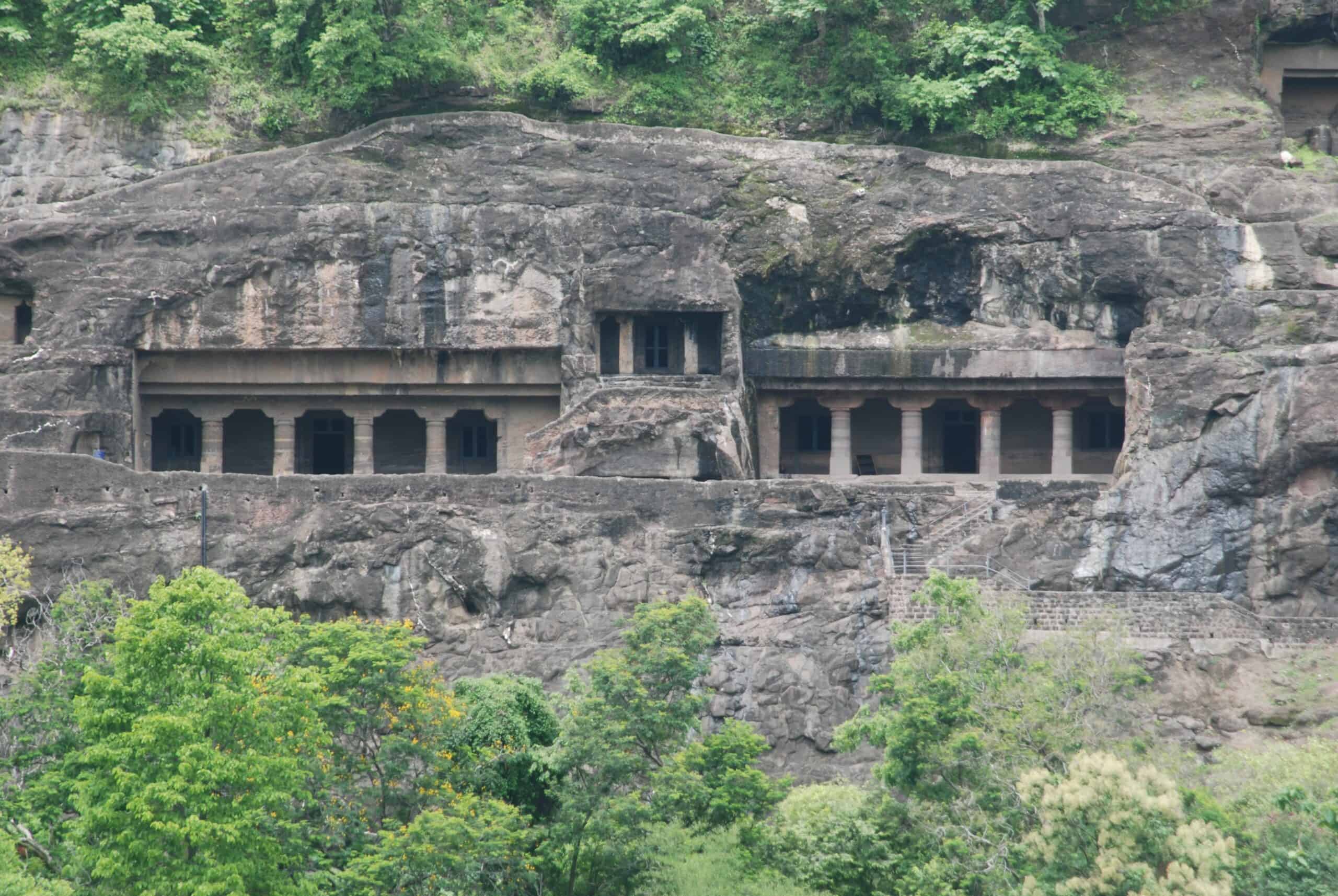
The Cave Temples of Ajanta are a series of rock-cut caves in Maharashtra, India. These caves date back to the 2nd century BCE. Each cave features intricate carvings and stunning murals. The artwork depicts scenes from the life of Buddha and various Jataka tales. The caves served as monastic retreats and centers of worship. The craftsmanship and preservation of these temples offer insight into ancient Indian art and spirituality.
The Underwater Ruins of Pavlopetri (Greece)

The Underwater Ruins of Pavlopetri are among the oldest submerged cities known. Located off the coast of southern Greece, these ruins date back over 5,000 years. The city was a thriving center in the Bronze Age. Its layout includes streets, buildings, and tombs, all preserved beneath the sea. The site is remarkably well-organized, reflecting advanced urban planning. The reason for its submersion remains unknown, adding to its mystery.
The Derinkuyu Underground City (Turkey)
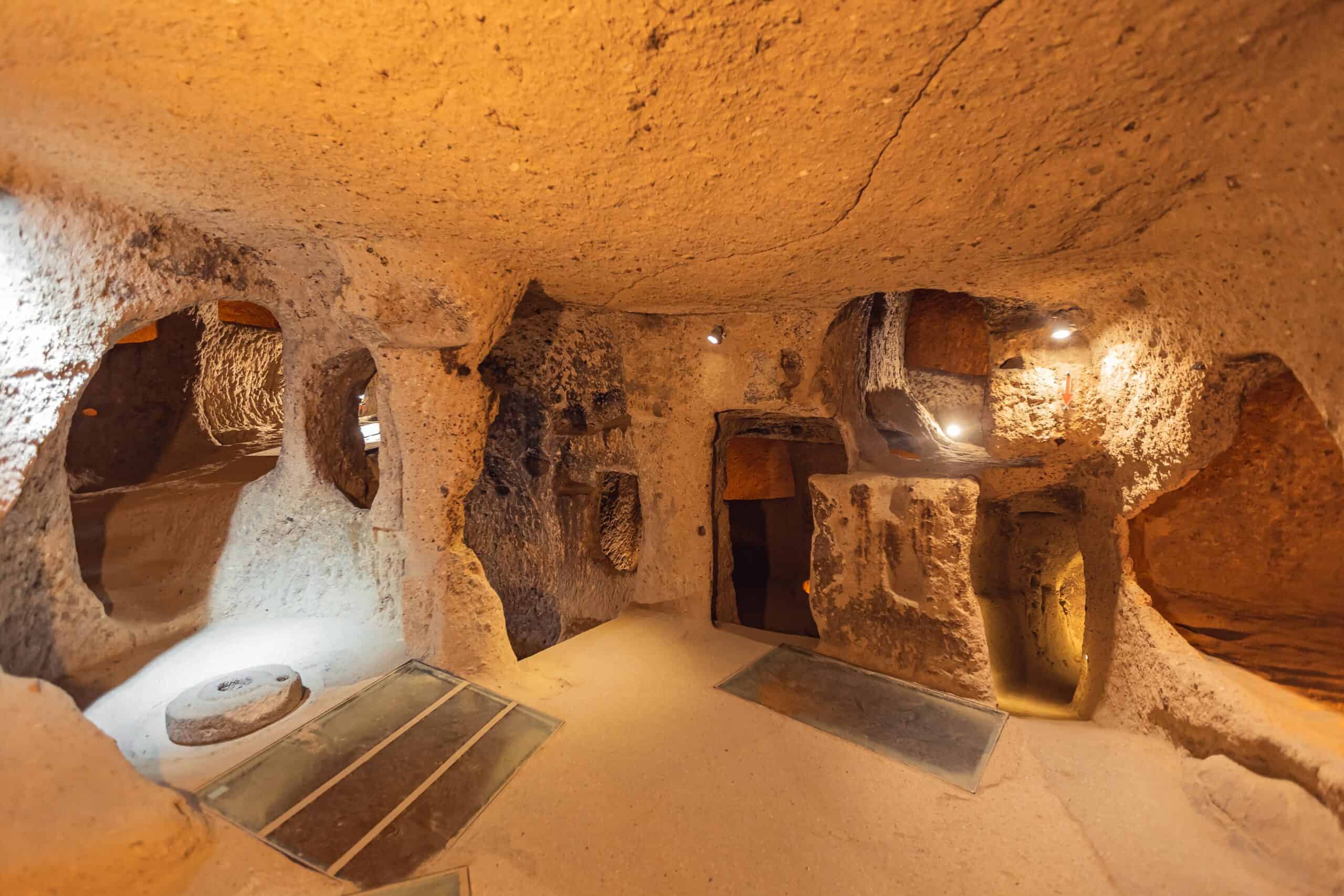
Derinkuyu is an ancient underground city in Turkey’s Cappadocia region. This vast complex could house up to 20,000 people. It features multiple levels with rooms for living, worship, and storage. The city’s tunnels connect to other underground cities in the region. Derinkuyu was likely used as a refuge during invasions. The extent of its underground network and the engineering behind it are astonishing. The purpose and full history of Derinkuyu are still not entirely clear.
The Rock-Hewn Churches of Lalibela (Ethiopia)
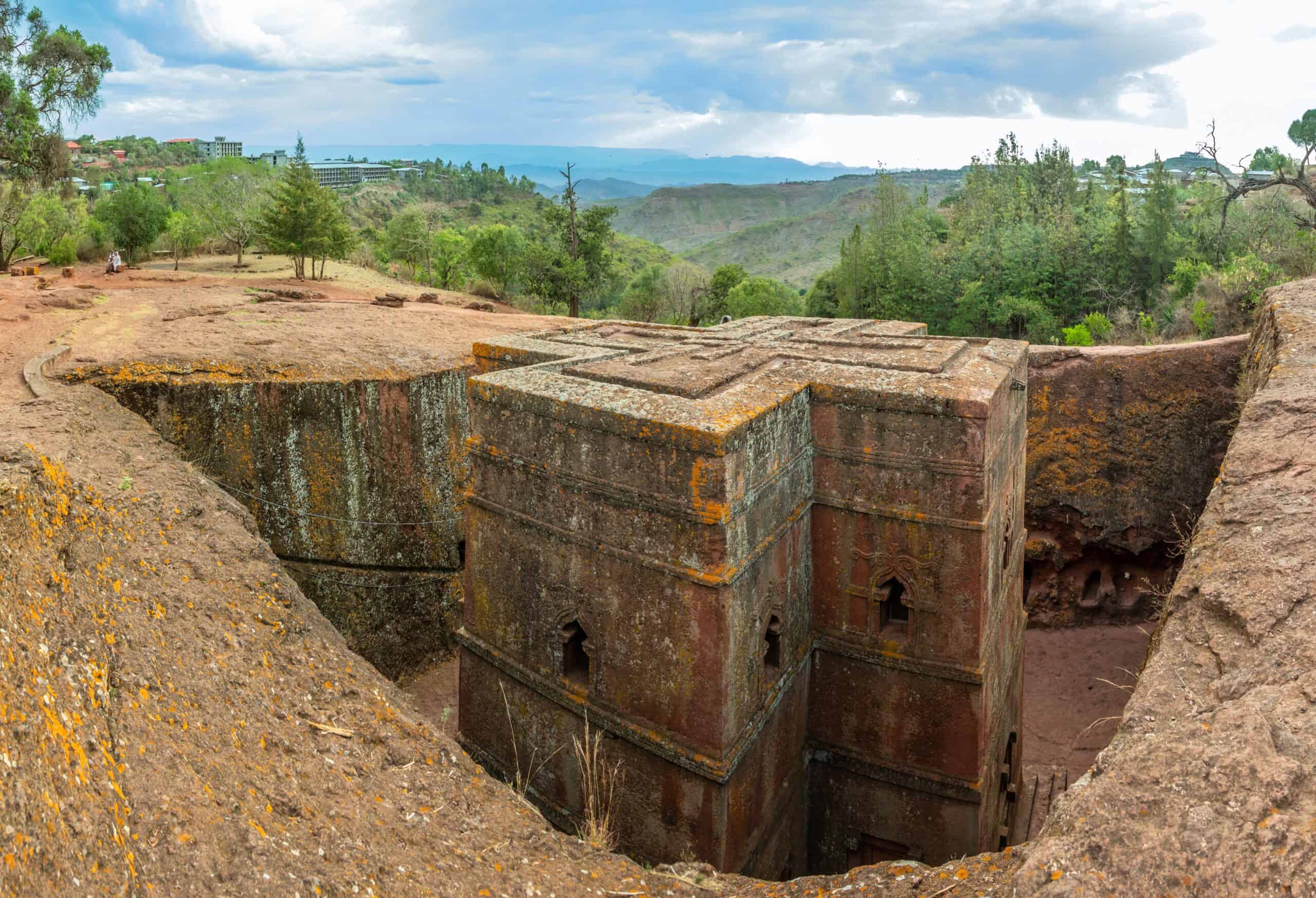
The Rock-Hewn Churches of Lalibela are a group of 11 medieval churches carved directly into the rock. These churches are a significant site of pilgrimage in Ethiopia. Each church is unique, with intricate carvings and interconnected tunnels. The structures were created in the 12th century under King Lalibela. The churches are still in use today, preserving their religious significance. The method of their construction and the symbolism behind the design continue to intrigue scholars.
The Ggantija Temples (Malta)
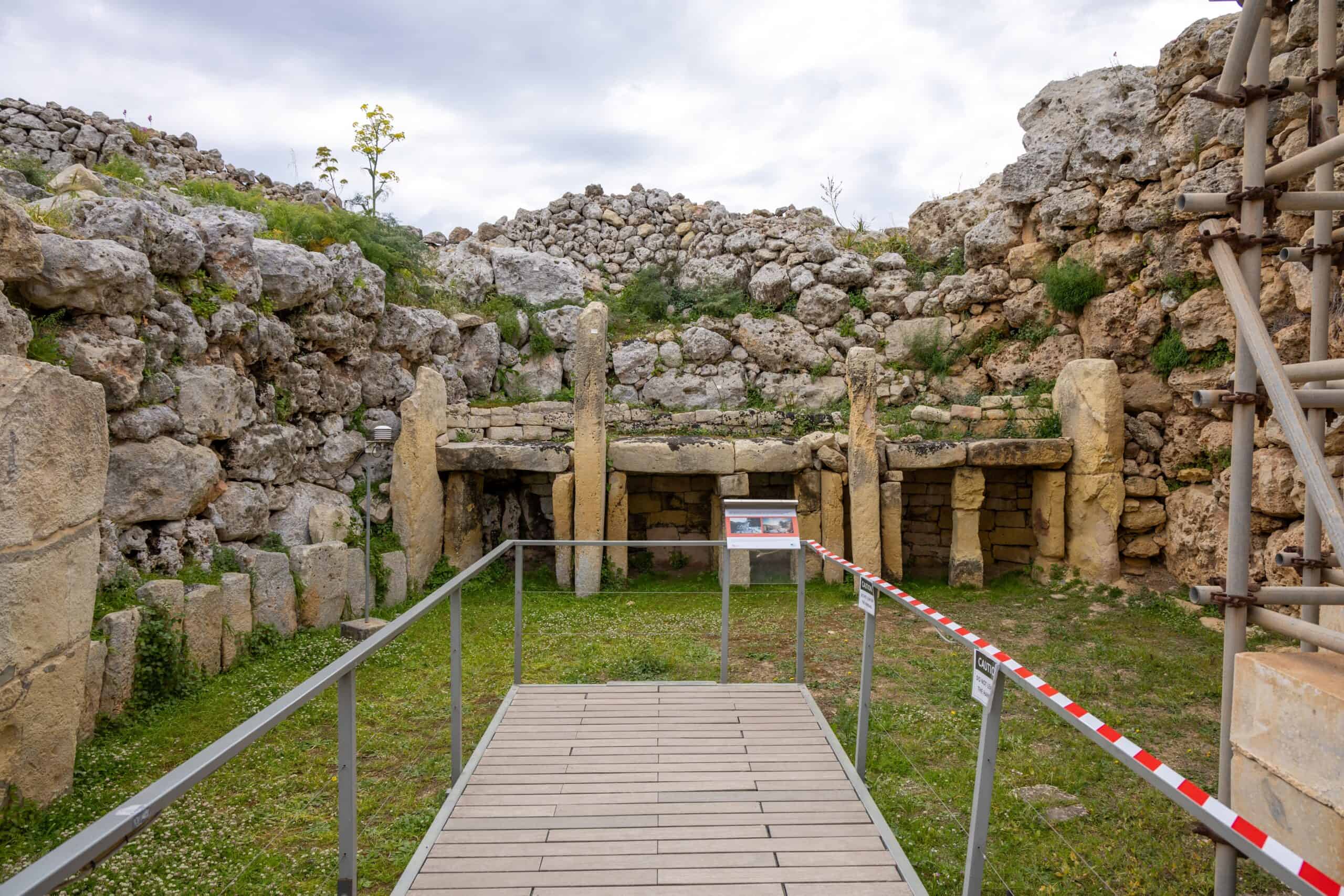
The Ggantija Temples are among the oldest free-standing structures in the world. Located on the island of Gozo, these temples date back to around 3600 BCE. The complex consists of two large temples surrounded by a massive wall. The temples were likely used for religious rituals, possibly linked to fertility worship. The scale and age of the structures suggest a highly organized society. The methods used to transport and shape the massive stones remain unknown.
This article originally appeared on Rarest.org.
More from Rarest.org
13 Leading Advertising Agencies with High-Profit Margins

In the fast-paced world of advertising, certain agencies stand out not just for their creativity but also for their ability to generate impressive profit margins. Read More.
14 Rarely Heard Folktales and Legends

Folktales and legends have been passed down through generations, weaving together the cultural fabric of communities around the world. Read More.
15 Amphibians Revived Through Conservation Efforts

Conservation efforts have played a vital role in reviving many amphibian species that were once on the brink of extinction. Read More.
